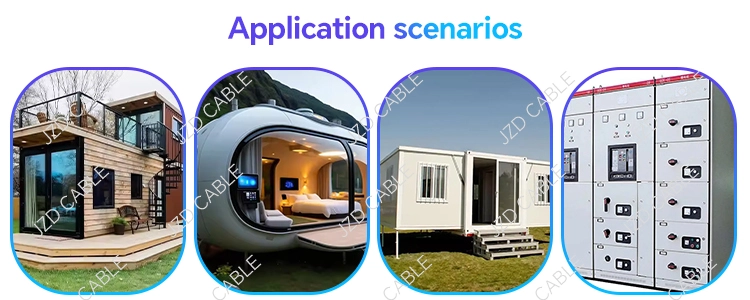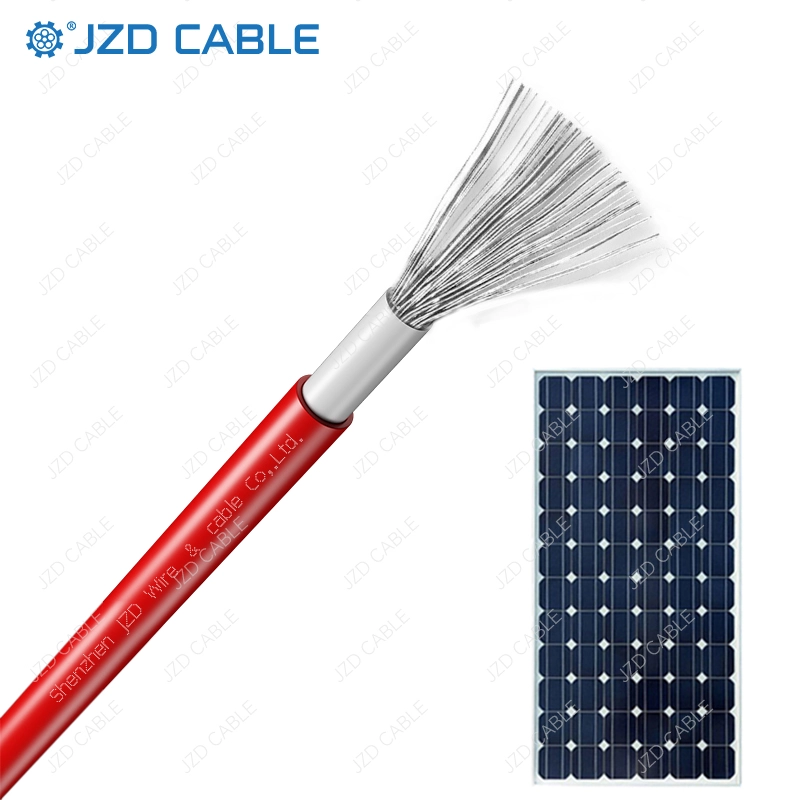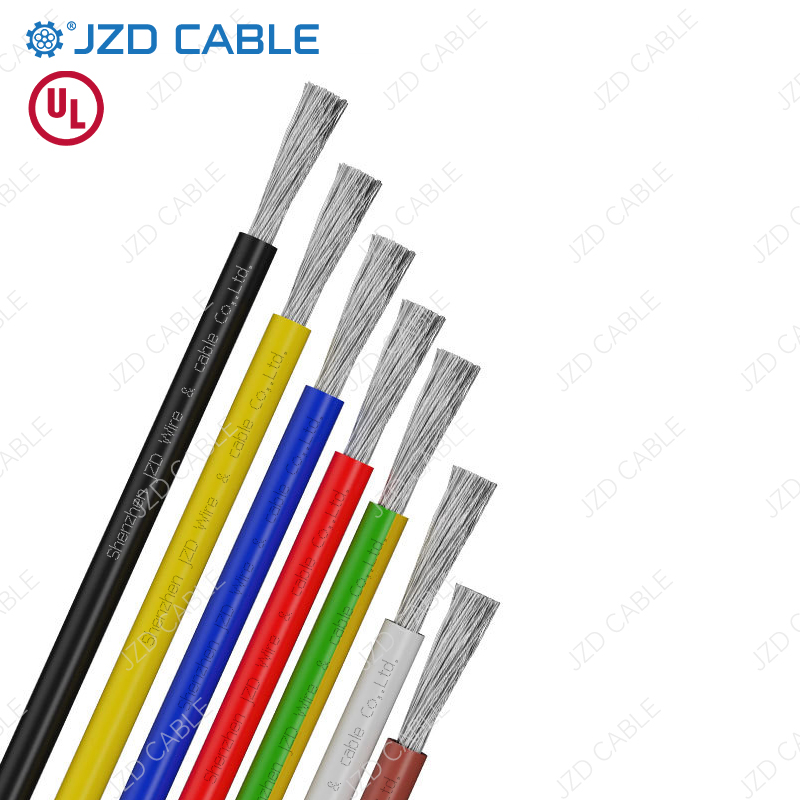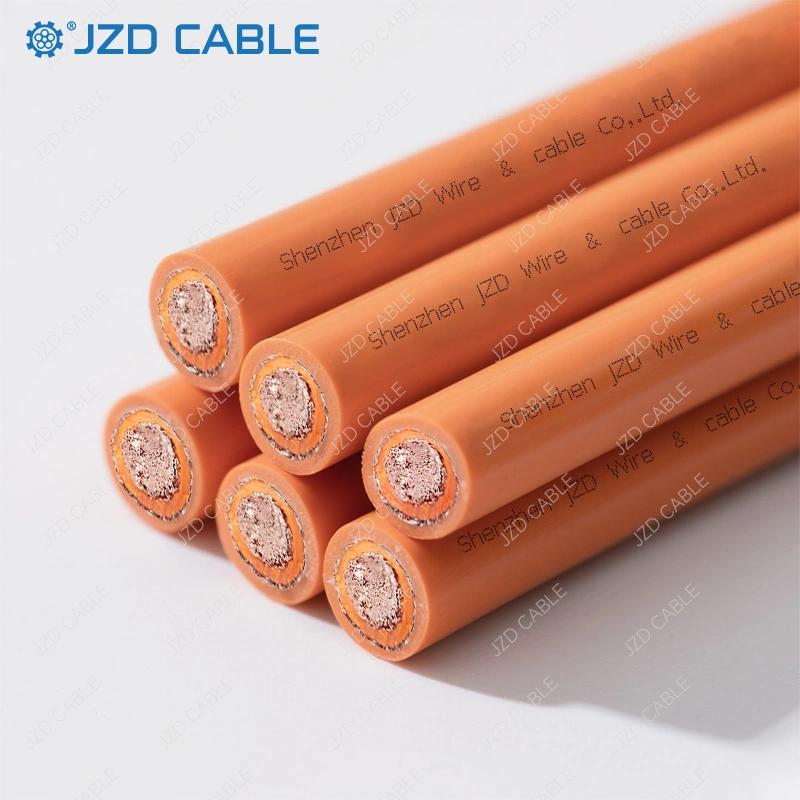While round cables are widely recognized in residential and commercial settings, flat cables (or ribbon cables) remain less familiar to many. As specialized industrial wiring solutions, flat cables offer unique advantages in mobility, space efficiency, and durability. Let’s explore their key characteristics and how they differ from traditional round cables.
1. What Are Flat Cables?
Flat cables consist of multiple parallel conductors bonded into a thin, flexible ribbon. Engineered for challenging environments, they deliver:
- Temperature Resilience: Operates reliably from -30°C to 90°C
- Chemical Resistance: Withstands oils, acids, and corrosive gases
- Space Optimization: 30% thinner profile than equivalent round cables
- Superior Flexibility: Withstands repeated bending without conductor fatigue

2. Structural Advantages of Flat Cables
Four Key Design Innovations:
- Flexible Conductors: Soft-annealed copper cores maximize bend endurance
- Specialized Jacketing: Butadiene polymers provide cold/flexibility and chemical resistance
- Color-Coded Insulation: Simplifies installation and maintenance
- Reinforcement Options: Optional steel wire ropes for tensile support
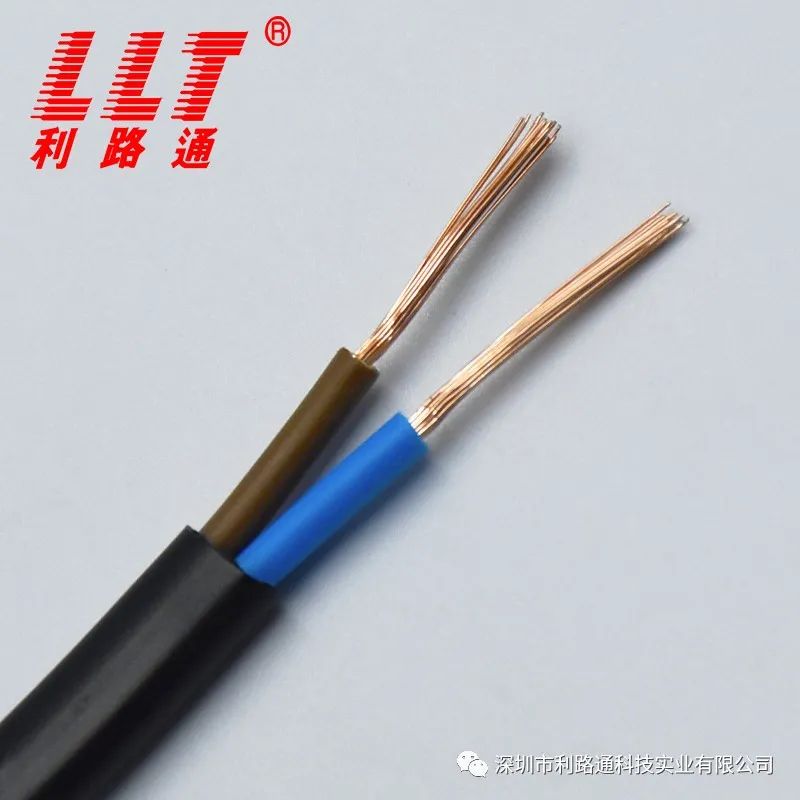
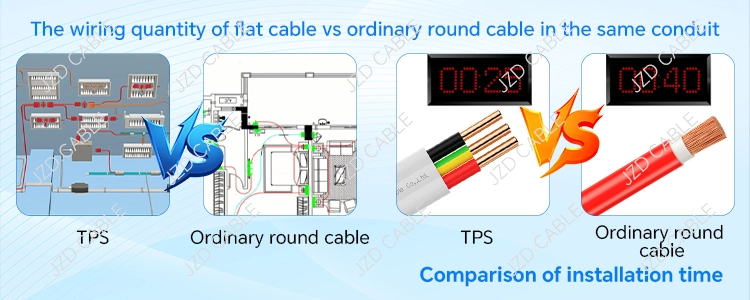
3. Application Comparison: Where Each Excels
Flat Cable Applications
- Mobile Industrial Systems: Cranes, hoists, automated conveyors, and elevator controls
- High-Flex Environments: Robot arms, CNC tool changers, telescoping machinery
- Space-Constrained Routing: Control panels, clean energy systems, and automotive harnesses
- Critical Advantage: 40% smaller bending radius than round cables
Round Cable Applications
- Fixed Installations: Building power distribution, commercial lighting, and HVAC systems
- Infrastructure Projects: Tunnel lighting, bridge circuits, and permanent wiring
- Residential/Commercial: Offices, hospitals, and retail space power networks
Thermal Performance Note: Flat cables dissipate heat 25% more efficiently in multi-core configurations due to increased surface area-to-volume ratio.
4. Key Takeaways: Choosing the Right Cable Type
| Factor | Flat Cables | Round Cables |
|---|---|---|
| Installation Type | Dynamic/Mobile (90%+ usage) | Fixed (70%+ usage) |
| Bend Endurance | 10x more flex cycles | Limited in dynamic settings |
| Space Efficiency | Superior in tight spaces | Requires larger conduits |
| Thermal Management | Enhanced multi-core cooling | Standard dissipation |
Industrial Insight: At JZD Cable, our flat cables undergo 500,000+ bend cycle testing—ensuring 10-year+ service life in demanding applications like Control Cabinets and container house.Explore our Industrial Flat Cable Seriesengineered for extreme mobility.
